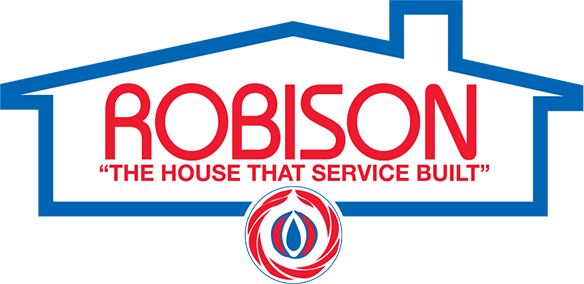MOLD IN YOUR HOME: SIGNS, SYMPTOMS AND SOLUTIONS
If you see it — or smell it — it’s time to take action! Mold. It’s the ultimate unwanted visitor for homeowners in Westchester and Putnam, yet it tends to come in and stick around, growing in places where there’s been a lot of moisture.
Mold can grow on many surfaces in your home including ceiling tiles, painted walls, wallpaper, insulation, drywall, carpet, fabric, and upholstery. If that’s not enough, mold also releases tiny spores that float through the air. Left untreated, mold colonies can multiply quickly, leading to health issues for you and your family, and structural damage to your home.
While winter here in New York’s northern suburbs has had slightly lower rainfall than usual, it’s still easy for mold to have gained a foothold in places where it’s hard to detect. With the warmer, more humid months coming up, the pros at Robison want you to be aware of any potential problem by being able to spot some telltale signs:
Musty odor: A damp odor that permeates the house, particularly in the basement, and doesn’t dissipate.
Spotted carpets: Carpets can be a breeding ground for bacteria, germs, and mold that can pose a health threat and can ultimately ruin your rug. Read our blog about what may be hiding in your carpet.
Condensation around the water heater: Water heater closets can be attractive for mold growth. Because water heaters are sometimes situated in hard-to-reach areas of the home, and older ones can be prone to spring a leak, problems with your water tank can be difficult to detect.
Allergy or Asthma Flare-Ups: Certain species of mold release harmful spores which can trigger respiratory issues for those with allergies and asthma and compromise indoor air quality.
Fungus on the Walls and Furniture: Mildew is attracted to moist leather and wood, and mold particles are more likely to be retained in porous materials like upholstered furniture and foam. Check for discolored spots, fuzz, or spores on your furniture and walls.
Warped Walls: A common reason paint begins to bubble and wallpaper appears distorted is moisture, which facilitates mold growth. The sooner you can identify the source of the moisture, the sooner you can have the problem fixed before mold can set in.
Musty-Smelling A/C Filters: If your standalone A/C unit emits a musty smell when turned on, or if you see black, fuzzy spots on the filter, it could be a black mold problem. That’s why it’s important to use high-efficiency particulate air (HEPA) filters and regularly clean the unit and replace the filters.
Tarnished Tiles: Is there noticeable gunk in the grout of your bathroom tiles? This can be an indication of mold and mildew buildup. Use a squeegee to wipe water from the tub and walls after showering or bathing. Refrain from placing wet towels and clothes in the hamper and swiftly clean the shower curtain if you notice any discoloration.
When It Comes to Mold, Trust Robison to Be Your Watchdog
According to the Environmental Protection Agency, there’s no simple way to eliminate all mold within a home, so it is important to watch for possible signs of trouble. If you think you have a mold problem, call Robison and schedule an assessment. Robison’s highly trained, certified mold removal professionals follow a proven, step-by-step process to make your home safe again. Call us at (914) 345-5700 for more information or an appointment.
